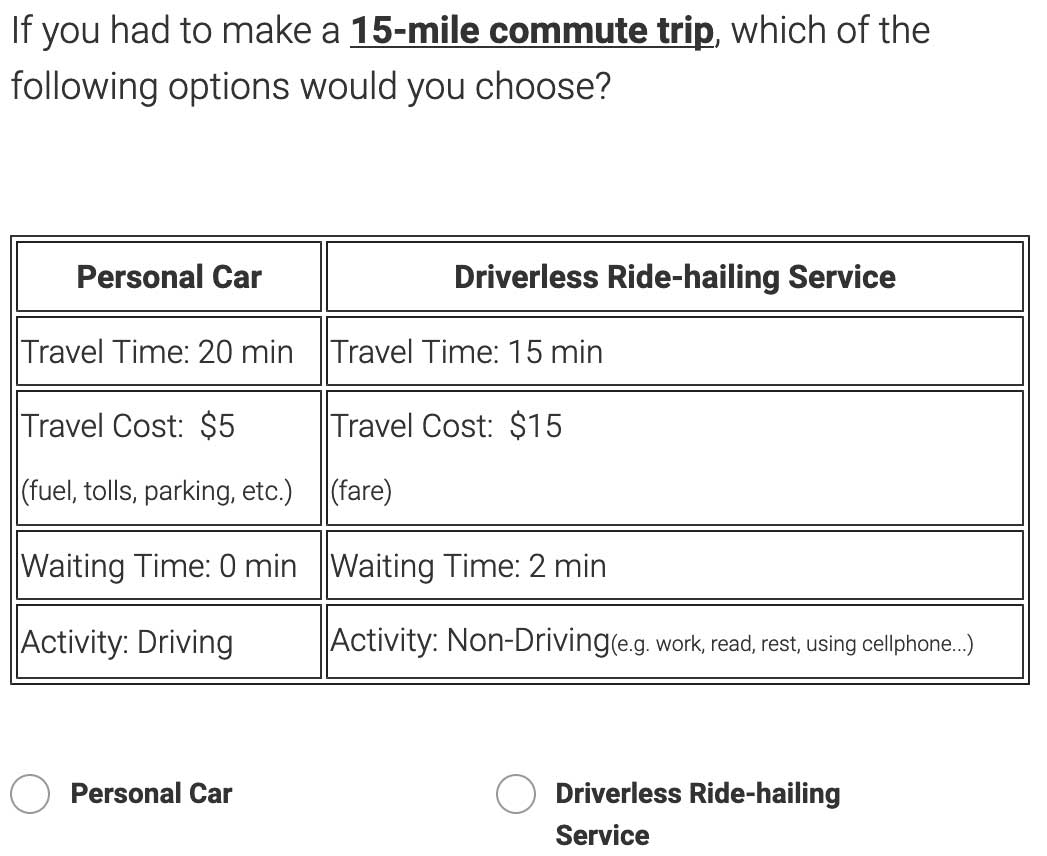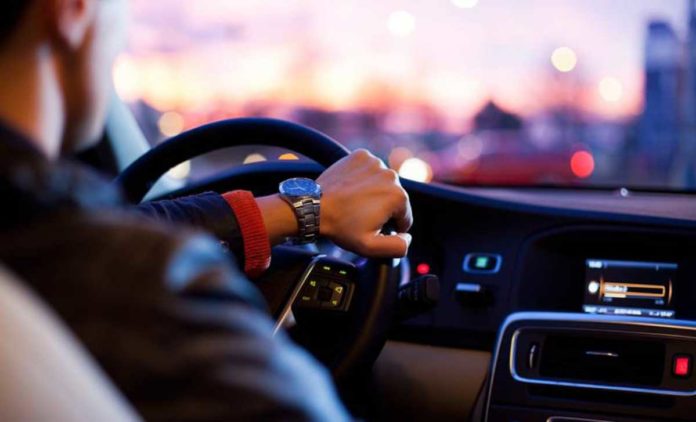It is widely believed that vehicle automation will change how travelers perceive the value of travel time (VoTT), but the magnitude of this effect is still unknown. Through this study, scientists at the University of Washington explored how highly automated vehicles (AVs) may affect VoTT, using an existing mode—ride-hailing services (RHS)—as an analogy for AVs.
Scientists studied how Americans’ perceived cost of commute time changes depending on who’s driving. They found that people considered a ride-hailing service at least 13% “less expensive” in terms of time compared to driving themselves.
If the scientists told individuals the ride-hailing service was driverless, however, then the expense of travel time expanded to 15% more than driving a personal car, recommending that in any event, until further notice, individuals would prefer to drive themselves than have an independent vehicle drive them.
Senior author Don MacKenzie, a UW associate professor of civil and environmental engineering who also leads the UW’s Sustainable Transportation Lab said, “The idea here is that ‘time is money,’ so the overall cost of driving includes both the direct financial losses and the monetary equivalent of the time spent traveling. The average person in our sample would find riding in a driverless car to be more burdensome than driving themselves. This highlights the risks of making forecasts based on how people say they would respond to driverless cars today.”

During the survey, scientists asked people to select between a personal car or a ride-hailing service for a 15-mile commute trip. Half the 502 respondents were told that the ride-hailing service was driverless.
Members’ responses were then converted into a score of how much respondents deemed that trip would cost per hour.
Co-author Andisheh Ranjbari, a research engineer at the UW’s Supply Chain Transportation & Logistics Center, said, “If someone values their trip time at $15 per hour, that means they dislike an hour spent traveling as much as they dislike giving up $15. So a lower number means that the time spent traveling for that trip is less burdensome.”
On average, respondents preferred a ride-hailing service over driving themselves: Ride-hailing services scored at $21 an hour and driving scored $25 an hour. Also, if the researchers reminded respondents they could multitask during a ride-hailing service ride, their perceived cost of travel time decreased even more to $13 per hour. Driverless ride-hailing services scored at $28 an hour.
Scientists reported that the results make sense. According to them, Driverless cars aren’t commercially available yet, so people are not familiar with them or may be leery of the technology.
MacKenzie said, “We believe that our respondents are telling us that if they were riding in an automated vehicle today, they would be sufficiently stressed out by the experience that it would be worse than driving themselves. This is a reminder that automated vehicles will need to offer benefits to consumers before people adopt them. To a first approximation, a ride-hailing service with driverless cars would need to offer services at a price at least $7 per hour less than human-driven cars, to make the driverless service more attractive.”
The team published its results Aug. 6 in the journal Transportation.
